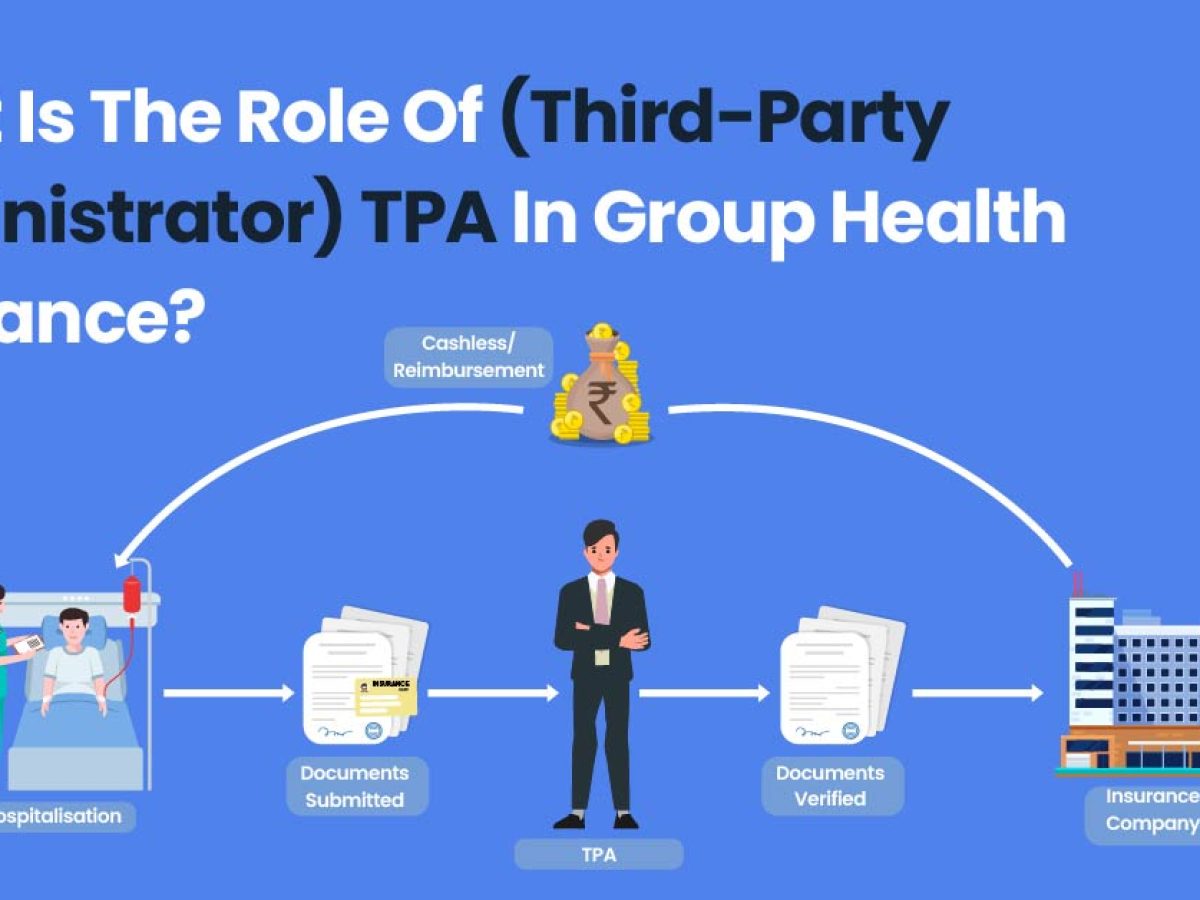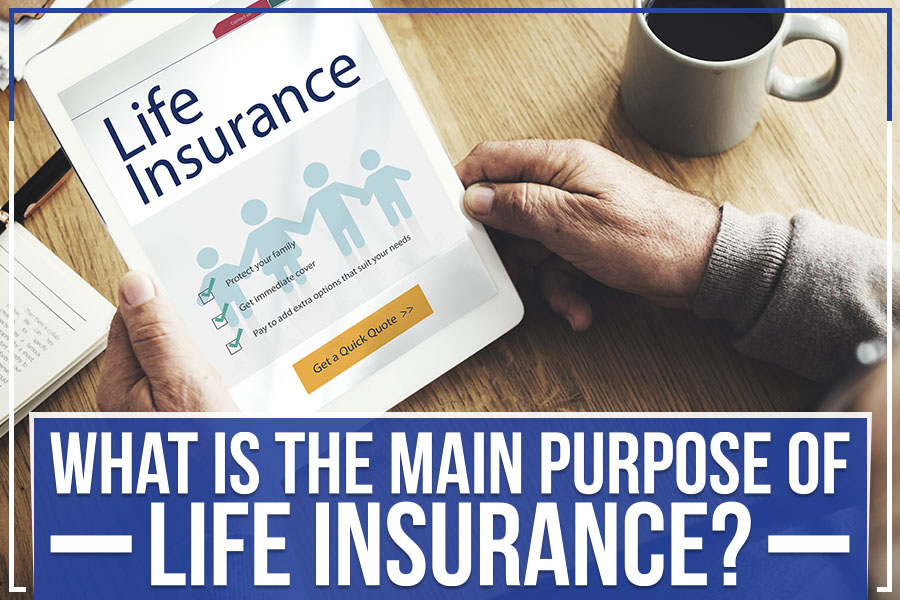Some Ideas on Pacific Prime You Need To Know
Some Ideas on Pacific Prime You Need To Know
Blog Article
The Only Guide to Pacific Prime
Table of ContentsThe 10-Minute Rule for Pacific PrimeExamine This Report on Pacific PrimeExcitement About Pacific PrimeThe Best Guide To Pacific PrimeThe Best Guide To Pacific Prime

This is since the information were accumulated for a period of strong financial efficiency. Of the estimated 42 million individuals who were without insurance, all however concerning 420,000 (regarding 1 percent) were under 65 years old, the age at which most Americans end up being qualified for Medicare; 32 million were adults in between ages 18 and 65, about 19 percent of all grownups in this age team; and 10 million were children under 18 years old, concerning 13.9 percent of all kids (Mills, 2000).
These quotes of the number of persons without insurance are generated from the annual March Supplement to the Present Populace Study (CPS), performed by the Census Bureau. Unless otherwise noted, nationwide price quotes of individuals without health insurance policy and percentages of the populace with various kinds of protection are based on the CPS, one of the most extensively used resource of estimates of insurance protection and uninsurance prices.
Pacific Prime for Dummies

Still, the CPS is especially useful because it generates yearly estimates relatively swiftly, reporting the previous year's insurance policy coverage estimates each September, and due to the fact that it is the basis for a regular collection of quotes for greater than twenty years, permitting for evaluation of fads in coverage in time. For these factors, in addition to the considerable use the CPS in various other studies of insurance policy protection that exist in this report, we depend on CPS price quotes, with constraints noted.

The price quote of the number of without insurance individuals expands when a populace's insurance coverage status is tracked for a number of years. Over a three-year duration beginning early in 1993, 72 million individuals, 29 percent of the U.S. https://www.kickstarter.com/profile/pacificpr1me/about. populace, were without coverage for at the very least one month. Within a solitary year (1994 ), 53 million people experienced at least a month without insurance coverage (Bennefield, 1998a)
Six out of every ten without insurance adults are themselves employed. Functioning does enhance the probability that one and one's family participants will certainly have insurance, it is not an assurance. Even participants of families with two permanent breadwinner have almost a one-in-ten opportunity of being uninsured (9.1 percent without insurance rate) (Hoffman and Pohl, 2000).
Facts About Pacific Prime Uncovered
New immigrants make up a considerable percentage of people without medical insurance. One analysis has actually connected a significant portion of the recent growth in the size of the united state without insurance populace to immigrants that got here in the country between 1994 and 1998 (Camarota and Edwards, 2000). Recent immigrants (those that involved the United States within the past 4 years) do have a high price of being uninsured (46 percent), yet they and their kids account for simply 6 percent of those without insurance coverage nationally (Holahan et al., 2001).
The relationship between medical insurance and accessibility to care is well developed, as recorded later in this phase. Although the connection between health insurance policy and health and wellness outcomes is neither direct neither straightforward, a substantial clinical and health solutions study literary works links wellness insurance coverage to improved accessibility to care, much better top quality, and boosted individual and populace wellness condition.
Degrees of evaluation for examining the impacts of uninsurance. This discussion of medical insurance protection concentrates mainly on the U.S. populace under age 65 because virtually all Americans 65 and older have Medicare or various other public coverage. In addition, it focuses specifically on those with no medical insurance for any kind of length of time.
The Main Principles Of Pacific Prime
The problems dealt with by the underinsured are in some aspects comparable to those dealt with by the uninsured, although they are generally much less serious. Wellness insurance policy, nevertheless, is neither necessary neither adequate to obtain accessibility to medical solutions. The independent and direct result of health and wellness insurance protection on access to wellness services is well developed.
Others will get the health and wellness care they require even without medical insurance, by spending for it out of pocket or seeking it from providers that offer care free or at extremely subsidized rates. For still others, health and wellness click for more info insurance alone does not make sure receipt of treatment as a result of various other nonfinancial barriers, such as an absence of health and wellness treatment companies in their community, minimal access to transport, illiteracy, or linguistic and social differences.
4 Easy Facts About Pacific Prime Described
Official research study regarding without insurance populaces in the USA dates to the late 1920s and early 1930s when the Committee on the Cost of Healthcare generated a collection of records concerning funding physician office sees and hospitalizations. This issue became prominent as the varieties of clinically indigent climbed up throughout the Great Clinical depression.
Report this page